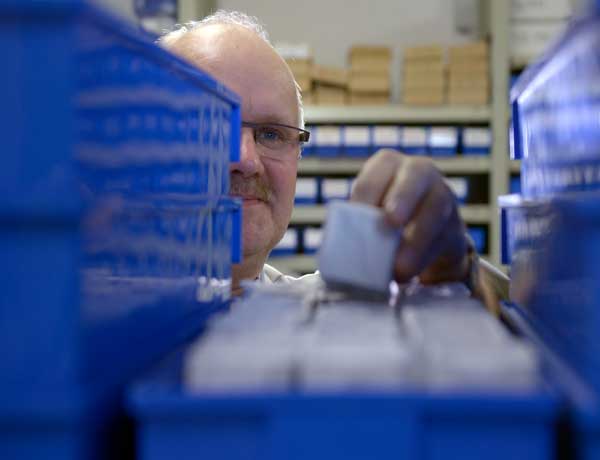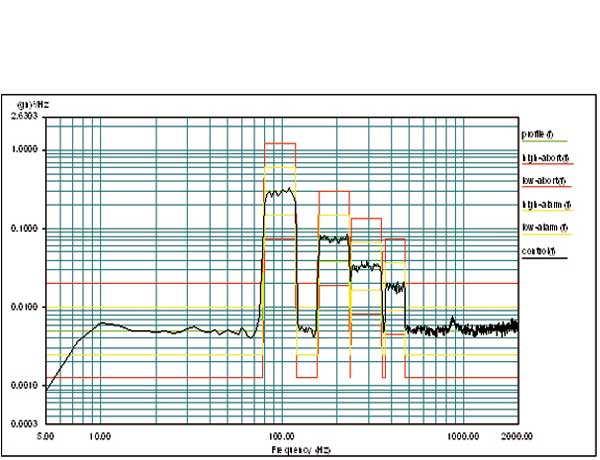To increase Rugged cameras’ robustness, Kappa adds protective coatings to component assemblies und boards.
This creates an additional process step in the manufacturing of cameras that are exposed to especially adverse environmental conditions. The coating protects against moisture, temperature change, vibration, dirt, gases, liquids and acid. It prevents corrosion, voltage flashovers, solder joint stress and resistance reduction. It extends the cameras’ life expectancy with higher resistance. Here as well Kappa relies on highly qualified partners who perform their services to required standards and requirements for protective coatings (such as IPC-CC-830, MIL-I-46058), using solvent-free, UV-cured materials for robust, durable coatings.



